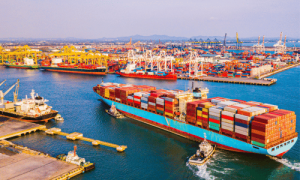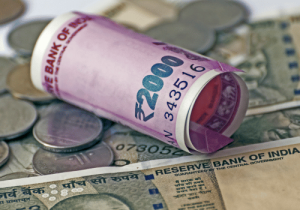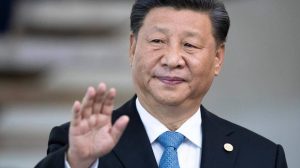Australia has much to lose from the trade disruption caused by COVID-19. Our economy is highly dependent on international trade. So far, however, we are doing well. Most of our principal goods-export partners are in Asia, and those economies have weathered the story comparatively well.
Other factors help. Mineral prices are high, and that sustains the value of our resources exports. Demand for our agri-foods is also high, and some of our niche health products have become very attractive to health-conscious consumers.
Also, most of our services exports are doing well. Their diversity is a core strength.
In this blog, I examine how Australia’s trading economy is well-grounded because it is spread across multiple economies around the globe. The charts are taken from the ‘Global Ties’ chapter in the Benchmark Report 2021. Some of the data captures only the onset of the pandemic. But the takeaway is that our businesses’ global reach – and our ability to attract investment – continues to keep the Australian economy strong.
Australia’s trade with high-performing Asian economies
In the 2019–20 financial year (FY), Australia’s two-way trade in goods and services reached A$873 billion. The majority of that trade is with Asia – one of the most dynamic, fast-growing regions in the world (see table below).
Twelve of Australia’s 15 largest trading partners are within the Asia region. These partners account for A$562 billion of Australia’s two-way trade, or two-thirds of the total.
This reflects Australia’s geographical good fortune, but our businesses have a commercial advantage too. Most of Australia’s 15 trade agreements involve countries in the Asia-Pacific region. In 2021 a new trade agreement with Indonesia enhanced our strategic position.
The fact that most Asian economies have continued to grow through the pandemic augurs well for our 2020–21 trade performance.
China and trade diversification
Although China is Australia’s largest trading partner, trade is diversified across the region. For example, the ASEAN group of countries in Southeast Asia accounts for 13% of Australia’s two-way trade.
Although our trade with China has its challenges, global prices have favoured Australia. Strong iron ore prices have helped to keep the value of Australian goods exports to China stable since June last year. This means that results for 2020–21 should not turn out radically different from the 2019–20 performance set out in Figure 1, below.
Note also the presence non-Asian countries in the ranking. Australia maintains strong trading links with traditional partners. The EU and the UK together account for 13.2% of Australian trade. The US, another 9.3%. The prospective Australia–UK free trade agreement should stimulate trade with the UK in the medium term, but the likely terms are as yet unclear.
Figure 1: Australia’s exports and imports of goods and services
Current prices (A$ billion)

Commodity exports stay strong
The value of Australia’s exports of goods and services reached almost A$475 billion in FY2019–20. This represents an increase of about 1%. If that seems modest, remember that our trade with China was impacted from January 2020, and with the rest of the world from April onwards. In challenging times, this is a great result.
Primary products accounted for 63% of total exports. In value terms, iron ore exports increased by 32% while coal exports fell by 22%. Beef exports also increased, partly thanks to our high agricultural standards.
Overall, services exports declined by 5%. This is because Australia’s fast-growing services exports – which include IT, telecoms, and professional and financial services – didn’t quite compensate for the sudden and dramatic loss of international visitors as 2020 unfolded (see Figure 2, below).
Figure 2: Australian trade in goods and services, 2019–2020
Total two-way trade in 2019–20: A$873 billion

Part 2 of the ‘Global Ties’ section of this blog will be published next week. It will cover investment, and show how Australia continues to be a magnet for global investment, despite the pandemic.
Visit Benchmark Report 2021 to see detailed charts and analysis, and to download the Report.




















